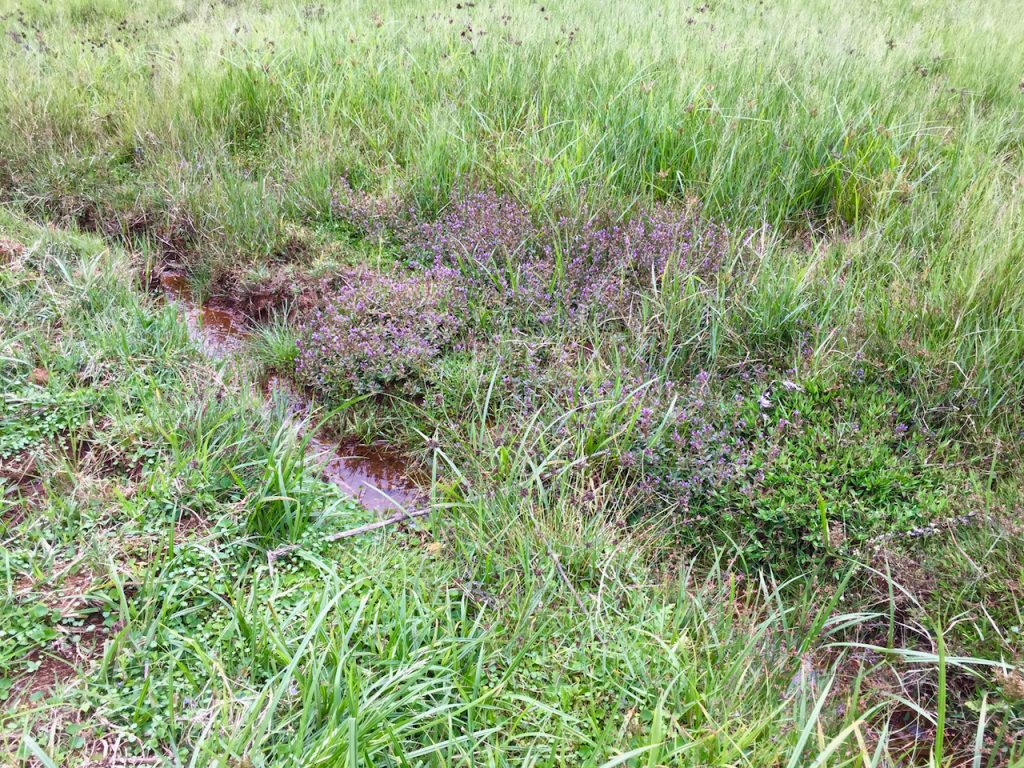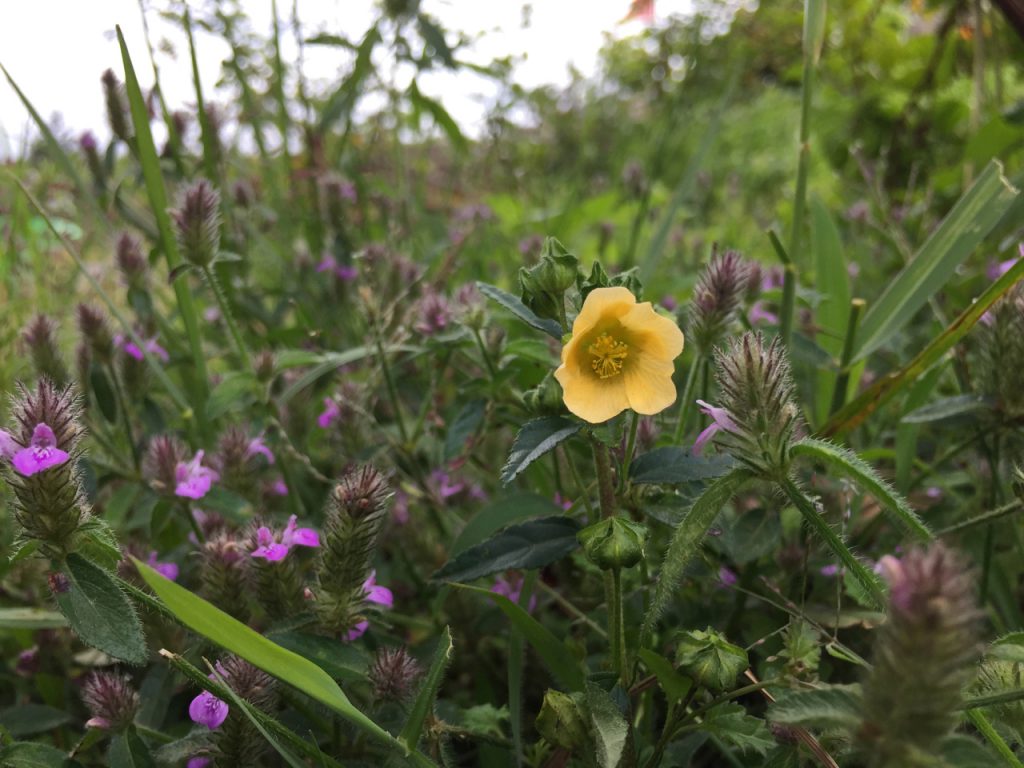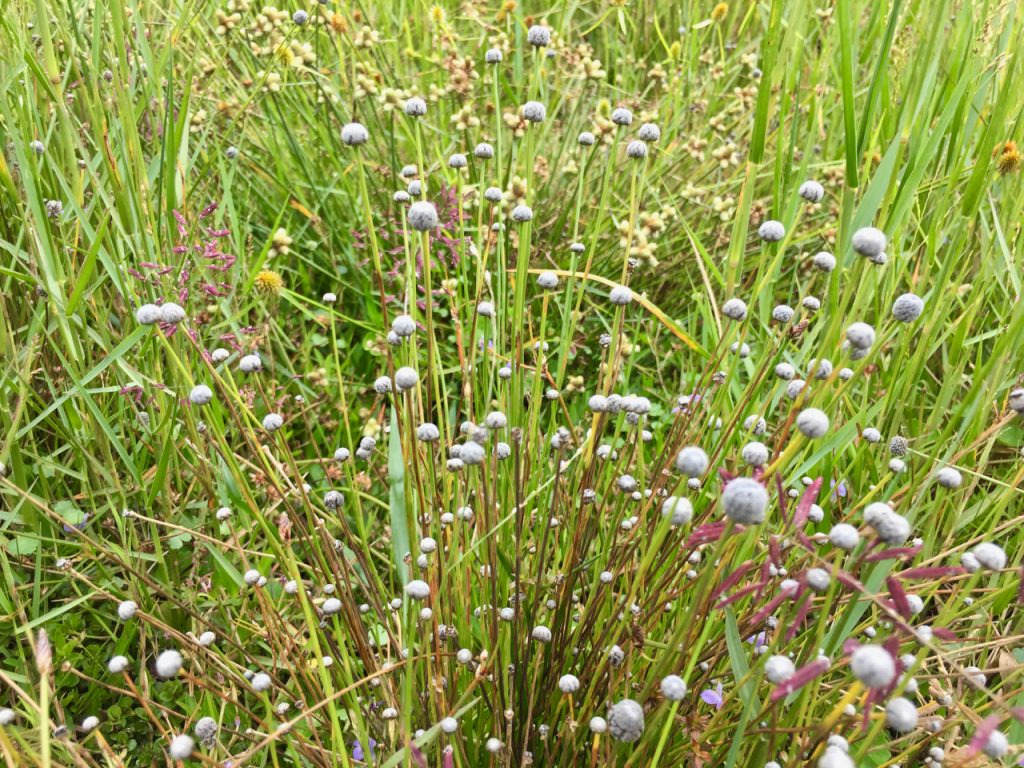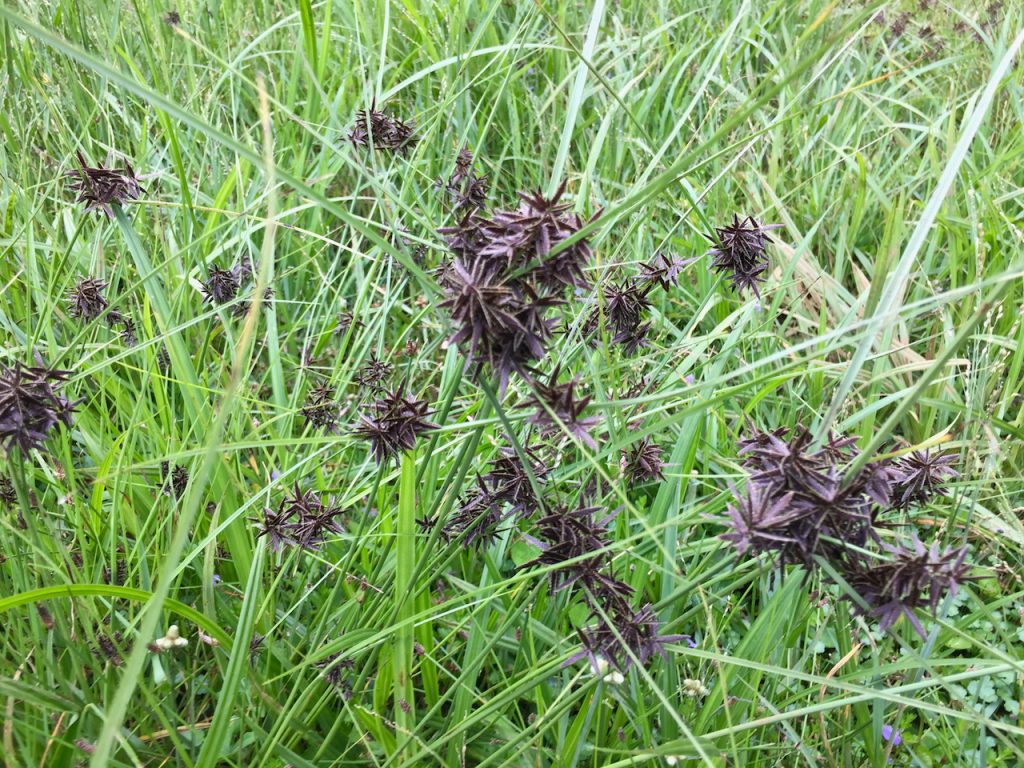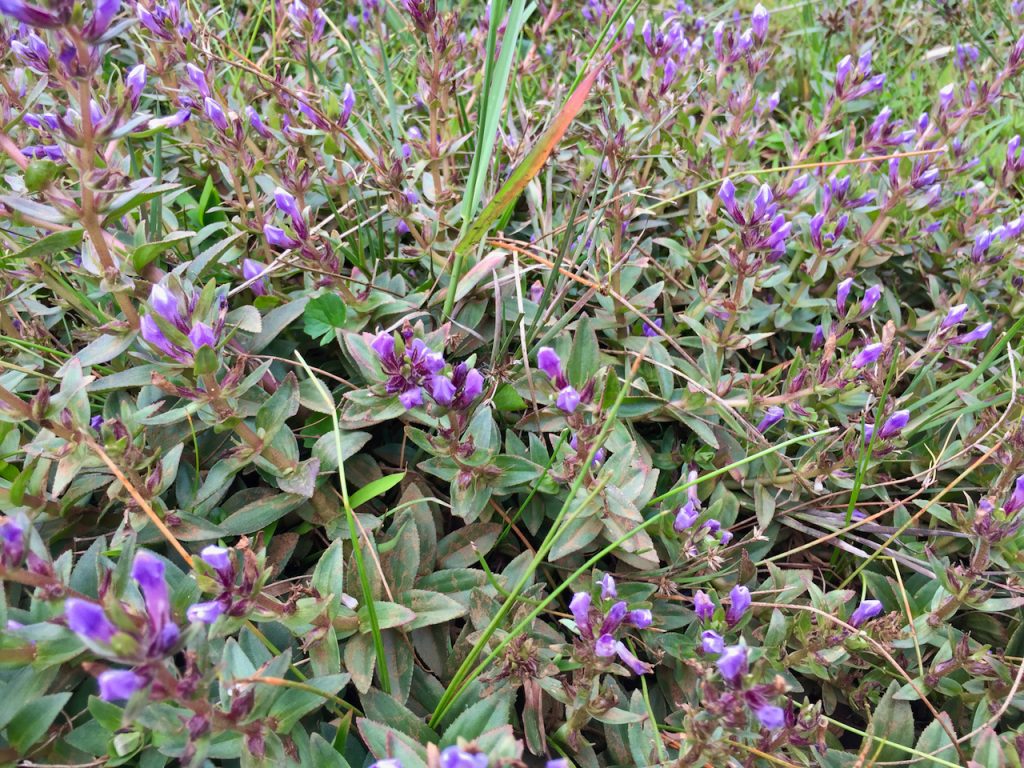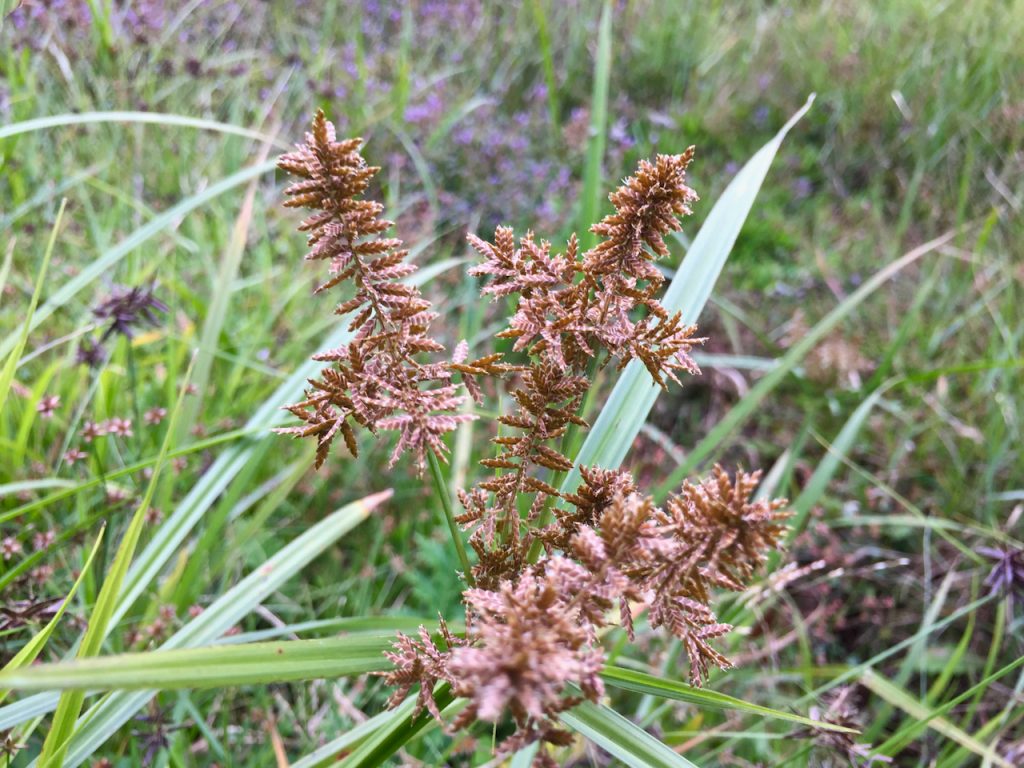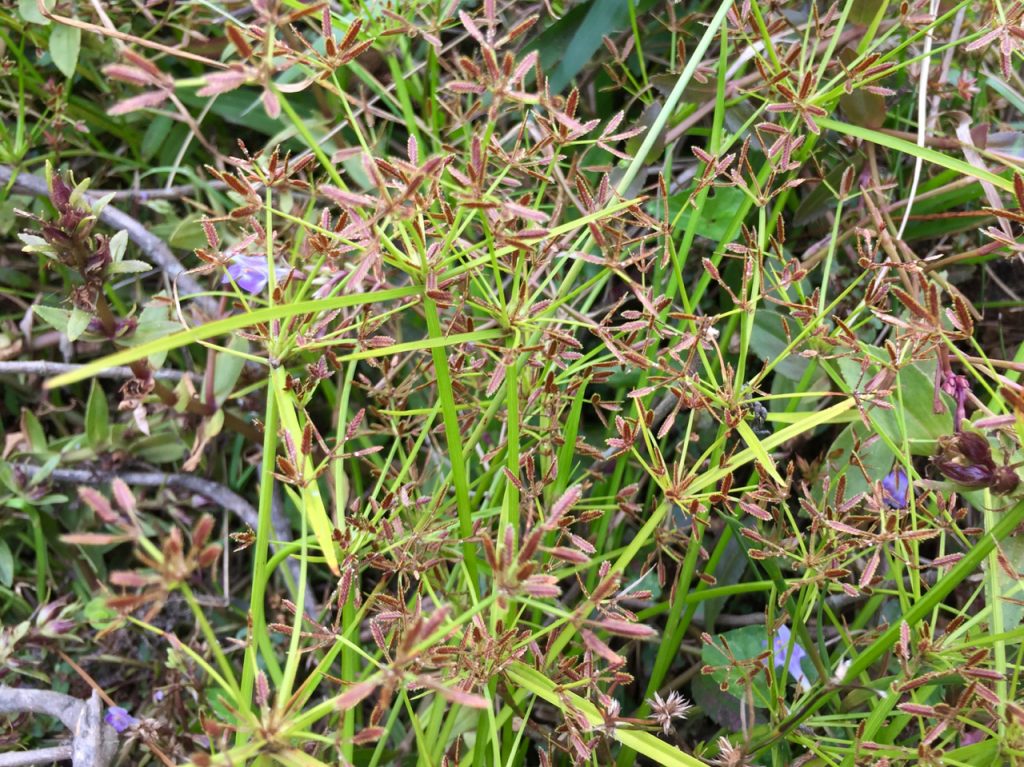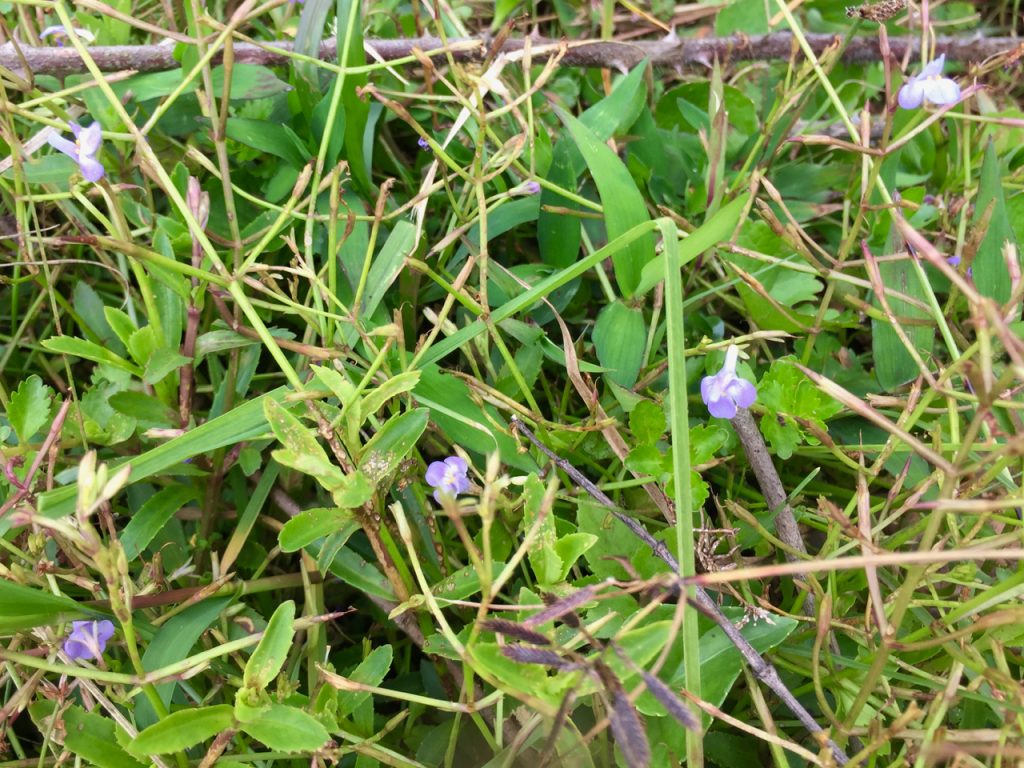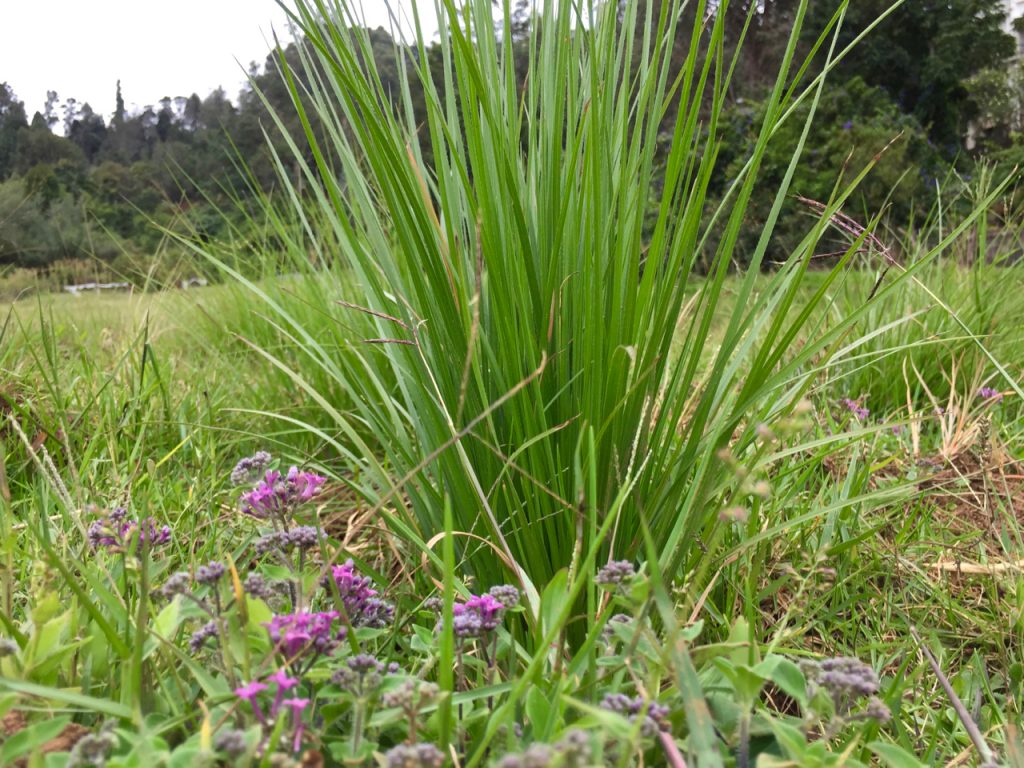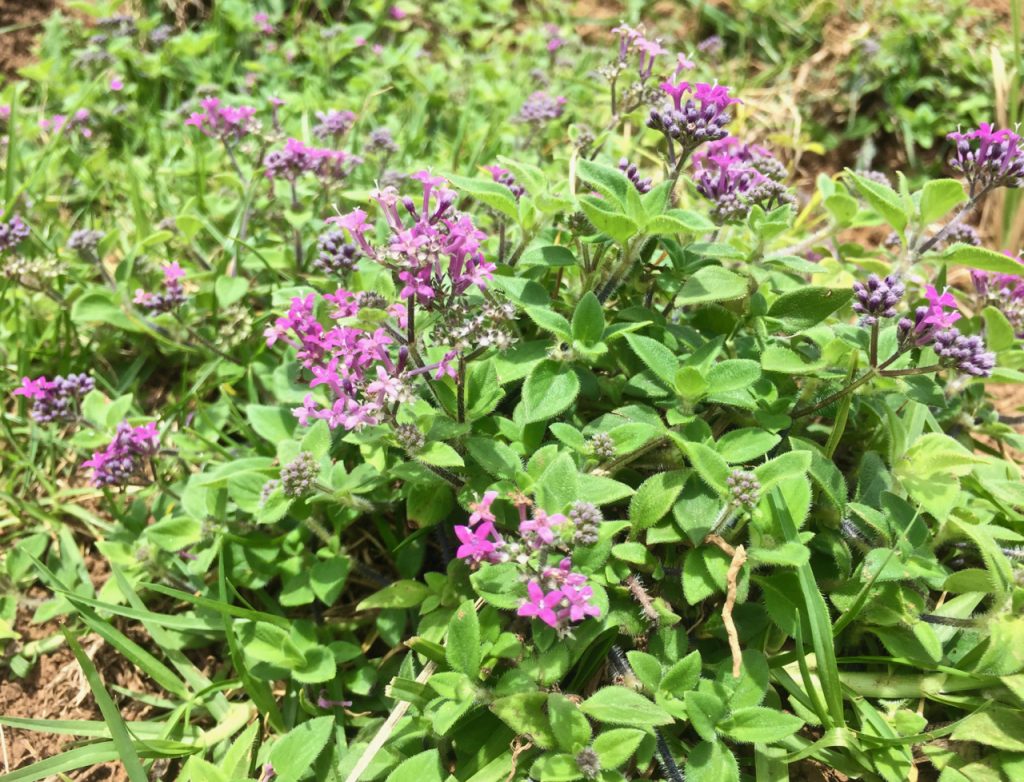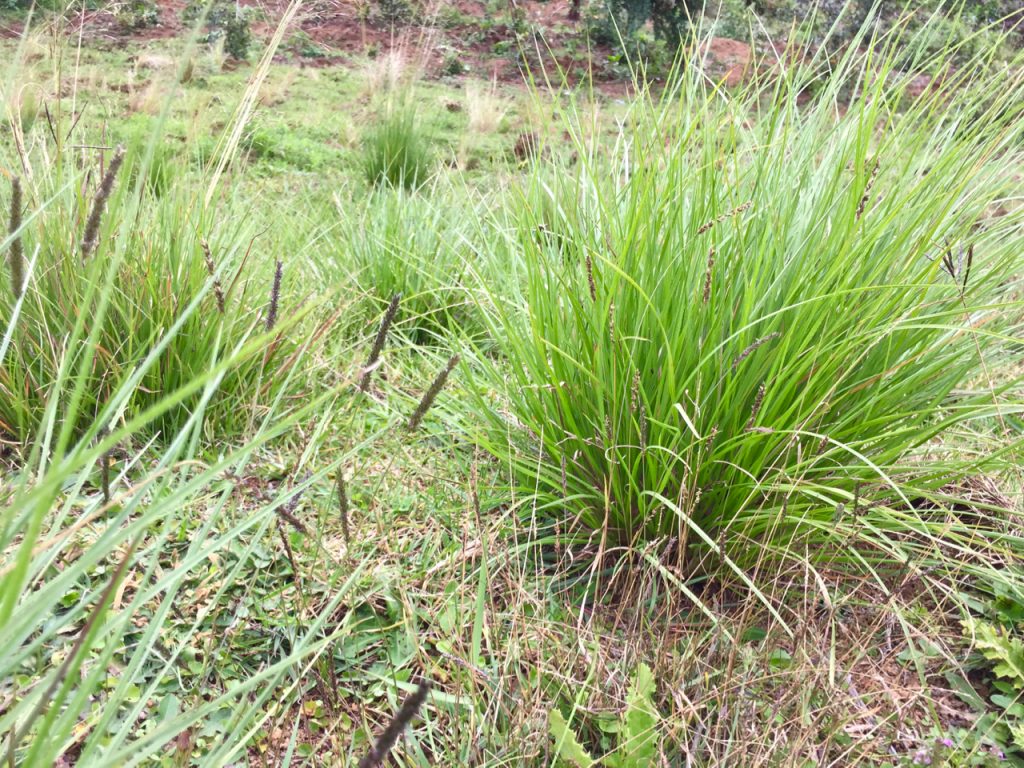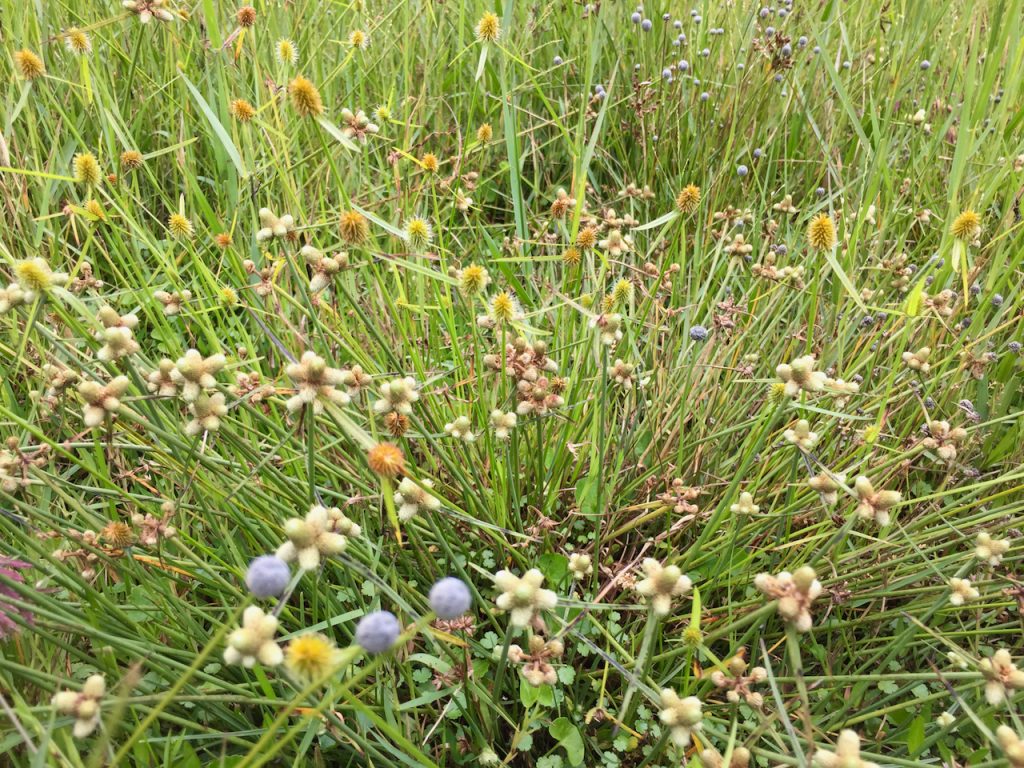The words swamp, marsh and bog, often brings to the mind, a detestable picture of a fetid morass with a vast collection of dead and decaying vegetable matter that generate miasma ; fit accommodation only for leeches and other slimy creatures, hordes of pestilential and venomous insects, and of course quartana malaria and brain fevers.This has been the general impression till very recent times, and historically, humans have drained these wetlands to provide additional land for agriculture, and to reduce the threat of diseases borne by insects and similar animals. Traditionally they held a very low value, and had a reputation for being unproductive and useless.
Only recently has it been realised worldwide, that swamps and marshes not only play a major role in improving water quality and water retention, but as well serve as efficient Carbon sinks.
Despite being mountainous, the Nilgiri hills were once known to have been blessed with numerous such wetlands.
It is from Dr. Baikie an early chronicler of the Nilgiris, that we have a firsthand account.
He states that the only circumstance common to the whole of the hills is the occurrence of swamps, of various extent, in the valleys formed by the undulations. The soil appears to have been of considerable depth and very rich ; in some approaching the nature of peat bogs, and the vegetation on the surface was generally luxuriant. All of these were always traversed by a stream of water, which after percolating through them ; issued forth as clear, pure, and as fit for use as if just taken from the spring. He further states that nothing like miasma or exhalation exists in or near these swamps.
It was Colonel Ouchterlony who was the first to document the importance of these wetlands, and their role in water retention and prevention of surface run-off, and this figures prominently in his report on the topographical survey of this district, which he completed in 1847.
In spite of these early observations a few of the swamps were drained for agricultural and other usage, and at times turned into fuel plantations planted over with blue gum. It wasn’t until the 1900s that the consequences were fully realised and no further modifications took place. But, with independence, increased demand for more and more agricultural land, forest plantation activities, and such, re-witnessed further loss of whatever remained.
The Yedapalli Marsh which Clean Coonoor had taken up for rejuvenation was no exception, overgrown with exotics and degraded beyond recognition. But painstaking care over the past six months has finally paid of. The one-and-a-half acres which were tended to, are in full bloom, presenting to the eye, a veritable kaleidoscope of various shades of greens, blues, violets, yellows and browns. A few indicator species which are restricted to the Western Ghats have also put in their appearance.
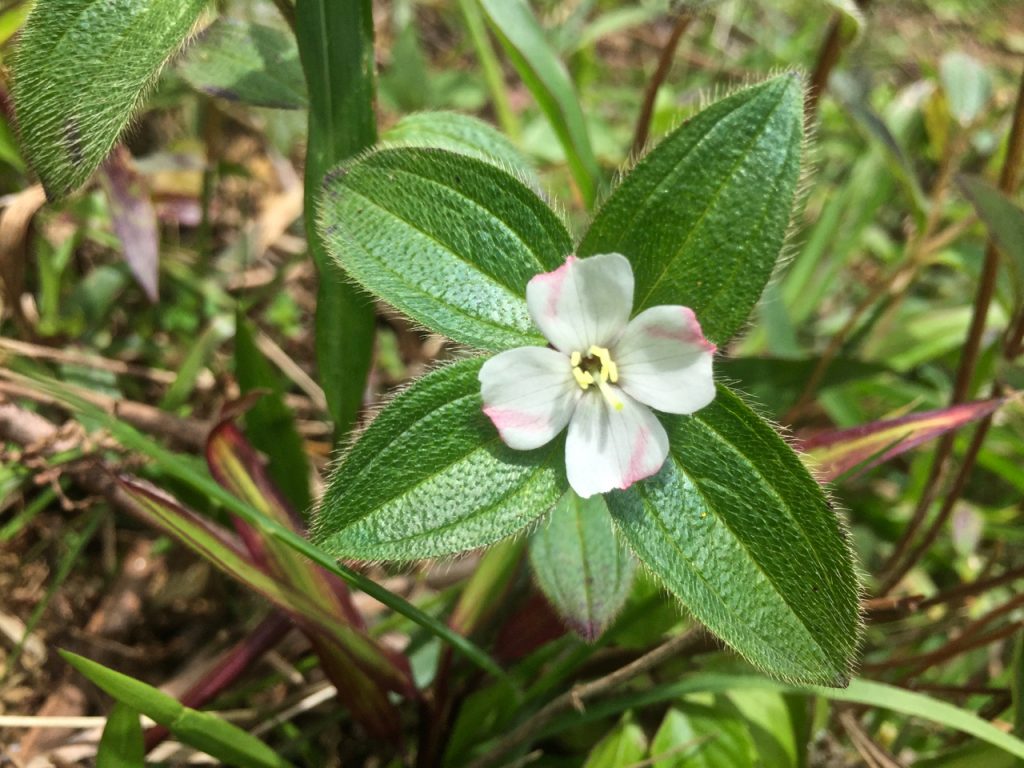
The water quality has as well visibly improved, and Clean Coonoor soon hopes to restore the entire 8 acres at Yedapalli, before moving on to other such areas.



